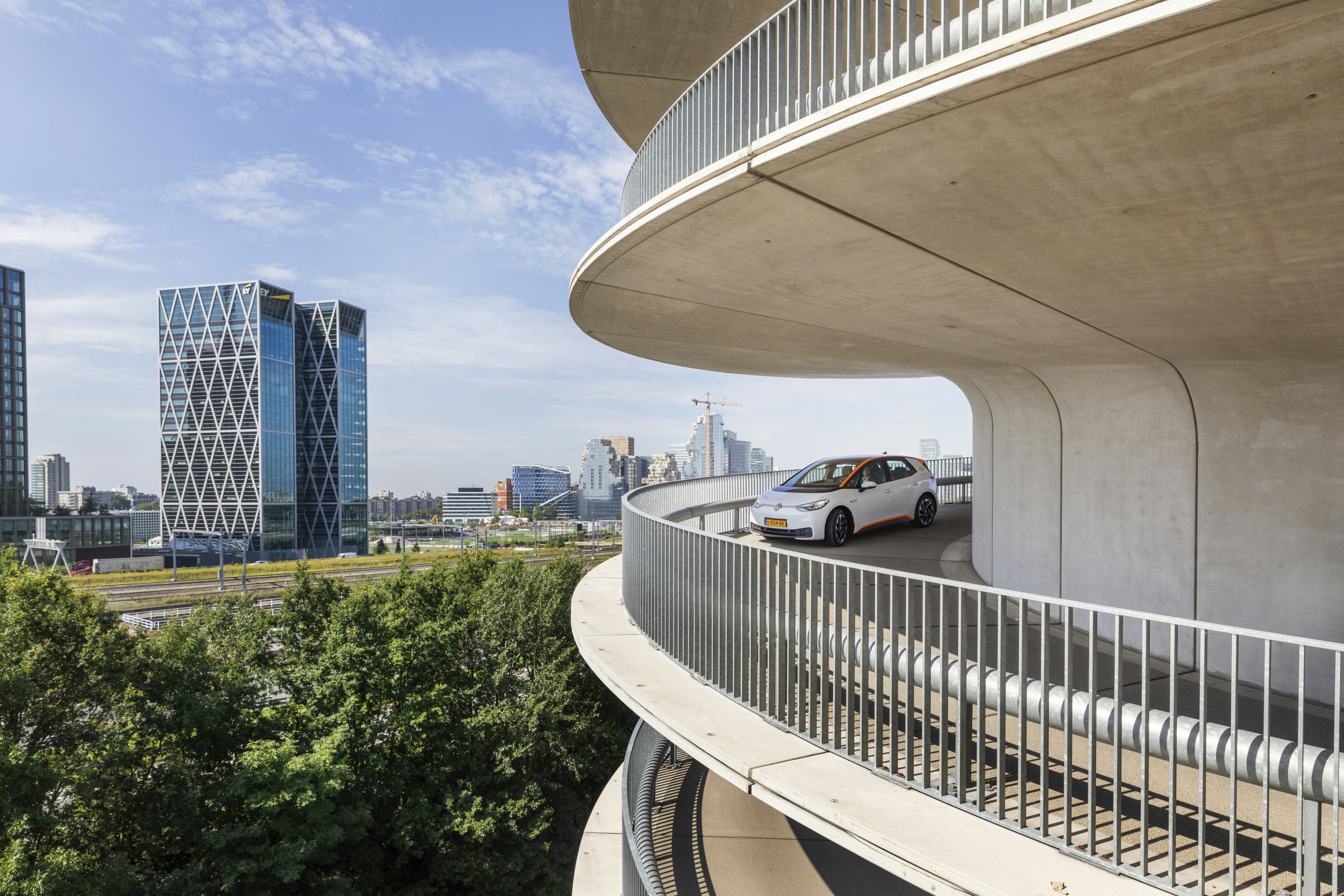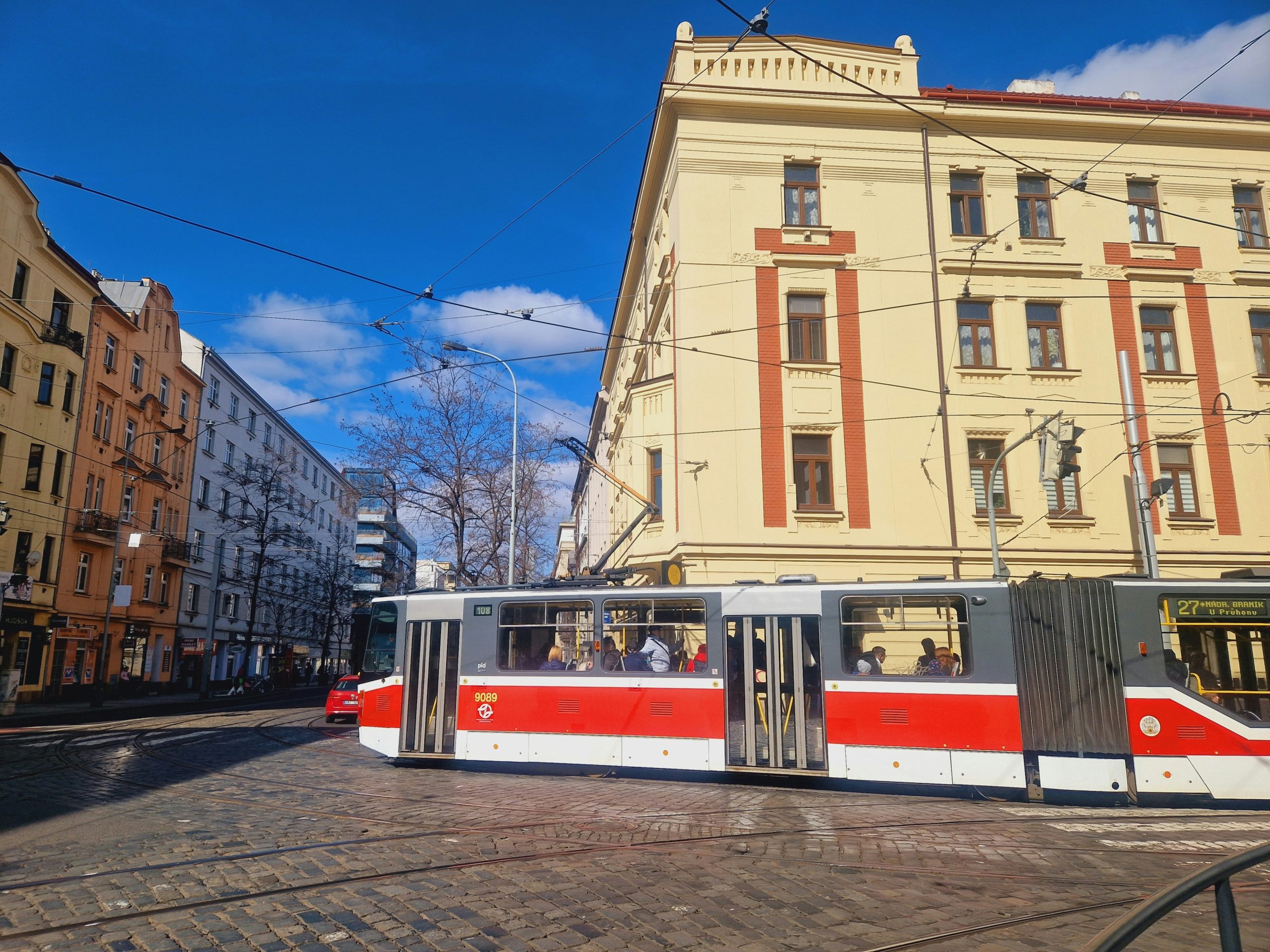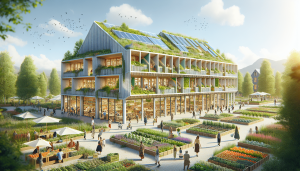Join us on a journey as we delve into the fascinating world of sustainable architecture and its role in combating the phenomenon of urban heat islands. These islands of sweltering heat are created when urban areas become significantly warmer than their rural counterparts, often due to human activities and infrastructure. Together, we will explore innovative design principles and eco-friendly materials that architects use to cool down our cities and create more livable environments. From green roofs to reflective surfaces, sustainable architecture holds the key to a cooler, more resilient future for us all. Have you ever wondered how sustainable architecture can address urban heat islands? This is a critical question as our cities continue to expand and grapple with rising temperatures. By exploring the intersection of architecture and sustainability, we can uncover solutions for mitigating the heating effects of urbanization on our living environments.

Understanding Urban Heat Islands
To start, let’s dive into what urban heat islands (UHIs) actually are. An urban heat island is a metropolitan area significantly warmer than its surrounding rural areas due to human activities. The heat generated by buildings, cars, factories, and people, combined with the heat-absorbing properties of buildings and pavement, contributes to this phenomenon.
Causes of Urban Heat Islands
Urban heat islands emerge from a variety of human-induced and environmental factors. Here are some of the primary causes:
- Increased Surface Absorption: Urban materials like concrete, asphalt, and rooftops absorb and store heat, raising temperatures.
- Loss of Vegetation: Plants and trees cool the environment through shade and evapotranspiration. Urban areas often lack sufficient greenery.
- Human Activities: The concentration of vehicles, industrial operations, and air conditioners intensifies heat release.
- Waste Heat: Energy consumption for lighting, heating, and cooling buildings produces excess heat.
- Tall Buildings: Dense clusters of high-rise buildings trap heat and reduce air circulation.
The Impact of Urban Heat Islands
Urban heat islands have far-reaching consequences on both our environment and quality of life. Here are a few key impacts:
- Increased Energy Consumption: Higher temperatures demand more air conditioning, leading to greater energy use and higher utility bills.
- Health Issues: Elevated temperatures can cause heat-related illnesses, such as heat stroke and respiratory problems.
- Poor Air Quality: Higher temperatures can exacerbate air pollution, leading to smog and respiratory issues.
- Water Quality Deterioration: Heated runoff water can impact water bodies, negatively affecting ecosystems and water quality.
- Increased Mortality: Vulnerable populations, such as the elderly and young children, are at higher risk of heat-related deaths.
Sustainable Architecture: A Solution
Sustainable architecture aims to reduce the environmental impact of our built environment. By incorporating sustainable practices, we can significantly mitigate the effects of urban heat islands.
Energy-Efficient Building Design
One of the core principles of sustainable architecture is designing buildings that consume less energy. Energy-efficient design can help combat urban heat islands through:
- Insulation: Proper insulation keeps buildings cooler in summer and warmer in winter, reducing the need for air conditioning and heating.
- Natural Ventilation: Architectural designs that utilize natural airflow reduce the reliance on mechanical cooling.
- Reflective Roofing: Cool roofs use reflective materials to send more sunlight and heat away from buildings, keeping interiors cooler.
- Energy-Efficient Windows: Double-glazed windows and advanced window coatings reduce heat gain from sunlight.
Use of Sustainable Materials
The materials we choose for construction have a significant impact on urban heat levels. Sustainable architecture promotes:
- Green Roofing: Roof gardens not only provide insulation but also create a cooling effect through evapotranspiration.
- Permeable Pavements: Unlike traditional asphalt, permeable pavements allow water to pass through, reducing surface heat.
- Eco-Friendly Building Materials: Materials like recycled steel, sustainable timber, and bamboo minimize environmental impact and usually have lower heat retention properties.
- Local Sourcing: Using materials sourced close to the construction site reduces the carbon footprint and supports the local economy.
Urban Greening
Integrating greenery into urban environments can significantly reduce temperatures and improve air quality. Sustainable architecture includes:
- Green Walls: Vertical gardens on building exteriors can cool the air and serve as natural insulation.
- Green Urban Spaces: Parks, green belts, and public gardens act as natural cooling agents.
- Tree Planting: Trees provide shade, reduce surface and air temperatures, and improve the aesthetic appeal of urban areas.
- Green Roofs: Roof gardens help absorb heat and reduce the overall temperature of buildings.
Water Management
Effective water management in urban areas can also help combat heat islands. Sustainable practices involve:
- Rainwater Harvesting: Capturing and using rainwater reduces reliance on municipal supplies and cools the environment.
- Water Features: Incorporating fountains, ponds, and other water features into urban design can provide cooling effects through evaporative cooling.
- Greywater Systems: Reusing water from sinks, showers, and washing machines for irrigation reduces water wastage and supports green spaces.
Urban Planning
Comprehensive urban planning is essential for creating sustainable cities. Key strategies include:
- Zoning Regulations: Enforcing regulations that limit building heights and require green spaces reduces heat accumulation.
- Mixed-Use Development: Combining residential, commercial, and recreational areas reduces transportation emissions and creates a more vibrant community.
- City Layout: Designing cities with ample open spaces, green corridors, and tree-lined streets can break up heat islands.
- Public Transportation: Promoting public transportation reduces the number of vehicles on the road, decreasing heat and emissions.
Case Studies: Sustainable Solutions in Action
Let’s look at some real-world examples where sustainable architecture has effectively addressed urban heat islands.
Stuttgart, Germany
Stuttgart has implemented a comprehensive urban greening strategy to reduce urban heat. The “Green U” is a network of green spaces surrounding the city center, providing cooling corridors that reduce temperatures and improve air quality.
Singapore
Singapore’s “Garden City” initiative has transformed the urban landscape with extensive green roofs, vertical gardens, and public parks. These efforts have significantly mitigated heat island effects, making the city more livable.
Vancouver, Canada
Vancouver’s commitment to green building practices includes the use of green roofs, renewable energy, and sustainable materials. The city’s “Greenest City Action Plan” aims to reduce energy consumption and emissions, contributing to a cooler urban environment.
Phoenix, USA
Phoenix has adopted reflective roofing materials and increased urban greenery to combat its extreme heat. The “Cool Roofs” program encourages building owners to install reflective surfaces, reducing indoor temperatures and energy costs.
Future Directions in Sustainable Architecture
As we strive for more sustainable cities, innovative solutions continue to emerge. Future directions in sustainable architecture include:
Smart Building Technology
Integrating technology with building design can enhance energy efficiency and comfort. Smart buildings use sensors and automation to optimize heating, cooling, and lighting, reducing energy consumption and heat production.
Advanced Materials
Researchers are developing new materials with superior cooling properties. For example, phase-change materials (PCMs) can store and release thermal energy, helping maintain comfortable temperatures.
Urban Agriculture
Incorporating agriculture into urban design can provide cooling benefits while producing fresh, local food. Rooftop farms and community gardens not only reduce urban heat but also enhance food security.
Hybrid Cooling Systems
Combining traditional cooling methods with innovative solutions like solar-powered air conditioning systems can reduce energy use and environmental impact.

Challenges and Considerations
While sustainable architecture offers numerous benefits, there are challenges to consider:
Costs
Initial costs for sustainable materials and technologies can be higher than traditional options. However, long-term savings on energy and maintenance often offset these expenses.
Maintenance
Sustainable features like green roofs and water management systems require regular maintenance to function effectively. Proper planning and resources are essential for their success.
Education and Awareness
Public awareness and education about the benefits of sustainable architecture are crucial for widespread adoption. Collaborative efforts between government, industry, and communities can drive progress.
Policy and Regulation
Supportive policies and regulations are needed to encourage sustainable practices. Governments play a critical role in setting standards and providing incentives for green building initiatives.
Conclusion
So, how can sustainable architecture address urban heat islands? By integrating energy-efficient design, sustainable materials, urban greening, effective water management, and comprehensive urban planning, we can create cooler, healthier, and more livable cities. As we continue to innovate and implement sustainable solutions, our urban environments will become more resilient to the challenges of rising temperatures and climate change. Together, we have the power to design a brighter, greener future for generations to come.
By embracing sustainable architecture, we not only combat urban heat islands but also contribute to the overall well-being of our planet. It’s an investment in our future, and every effort counts. Let’s work together to make our cities more sustainable, one building at a time.



